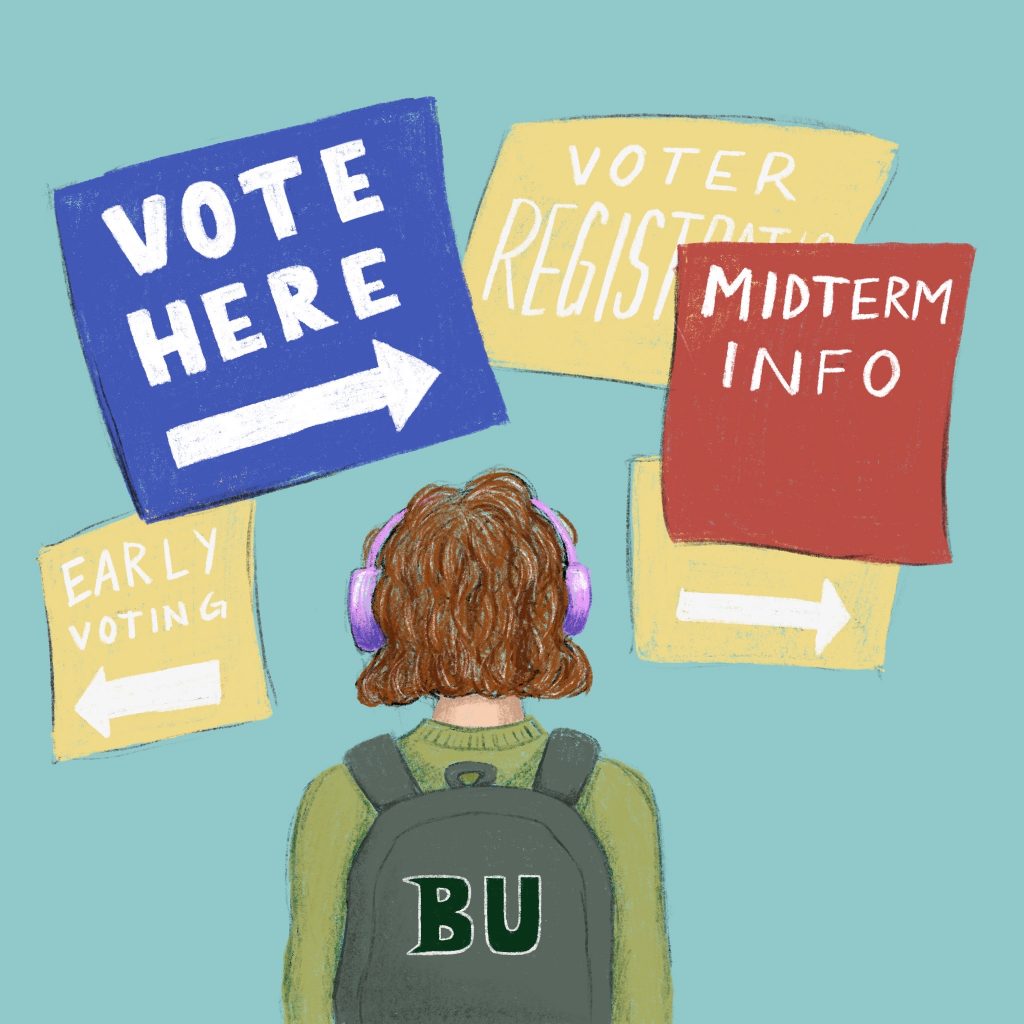Young voters were crucial to Democratic successes in this recent midterm election. Democrats have gained control over the U.S. Senate and have had limited losses in the U.S. House of Representatives. The 2022 midterm election featured the second-highest voter turnout among voters under 30 over the past three decades, with 27 percent of voters between 18-29 having participated. It is imperative that this upward trend of youth voting continues moving forward.
Youth voters did overwhelmingly support Democratic candidates, favoring them by a 28-point margin. CNN argued that “Democrats would have gotten crushed without young voter support.” College students were crucial to Democratic wins in swing states. On many college campuses in these states, students organized campaigns to encourage other youth to vote, and many college campuses — like Binghamton University — host polling sites. It has been reported that young Black and Latino voters in particular were key to Democratic wins in these states. Tuft University’s Center for Information and Research on Civic Learning and Engagement (CIRCLE) reported that “89 percent of Black youth and 68 percent of Latino youth voted for a Democratic U.S. House candidate.”
Young voters were likely galvanized by America’s polarized political climate, fueled by Donald Trump’s presidency and the campaign between now-President Joe Biden and Trump, disagreement over COVID-19 restrictions, gun-control and abortion and other issues. Surveys found that a majority of young people disagree with the U.S. Supreme Court’s decision to overturn Roe v. Wade, and two out of five of those surveyed asserted that the Supreme Court’s decision motivated them to vote in the 2022 midterms. Young women, especially women of color, have voted and engaged in civil and political activities at a higher rate than in previous years.
Although there was high youth voter turnout this election — perhaps due to increased voter participation across age categories — young voters did not make up a disproportionate share of the electorate compared to youth voters over the past 20 years, with voters under the age of 30 only making up 12 percent of all voters this election. Youth votes still make up a low percentage of total voter turnout, and, as aforementioned, only slightly more than one-fourth of registered youth voters cast a ballot. There must be consistent effort to increase voter turnout, especially among youth, moving forward in our increasing tumultuous and polarized political climate. This latest surge in voter turnout cannot go away as certain social issues leave the political consciousness, for the very moment that youth voter turnout slips, the political landscape can change drastically. In general, even considering the increased voter turnout across the board during the most recent midterm elections, the U.S. lags behind comparable developed countries in voting-age population turnout.
To retain and increase voter turnout, especially among youth, voting registration and polling resources should be available on all college campuses around elections. In addition to learning about social and political issues through coursework, students should be encouraged to engage with local organizations and political campaigns through classes or student organizations. In the same vein, canceling classes on Election Day could increase student turnout — especially as there is no on-campus location available for early voting, and students may feel as though the convenience of voting is limited. The influence of young voters on the recent midterm election results demonstrated the importance of encouraging youth voting, especially in swing states and districts like NY-19, which BU calls home. The future belongs to youth, so it is important that young people exercise their right to contribute to the decision making that will shape it.



